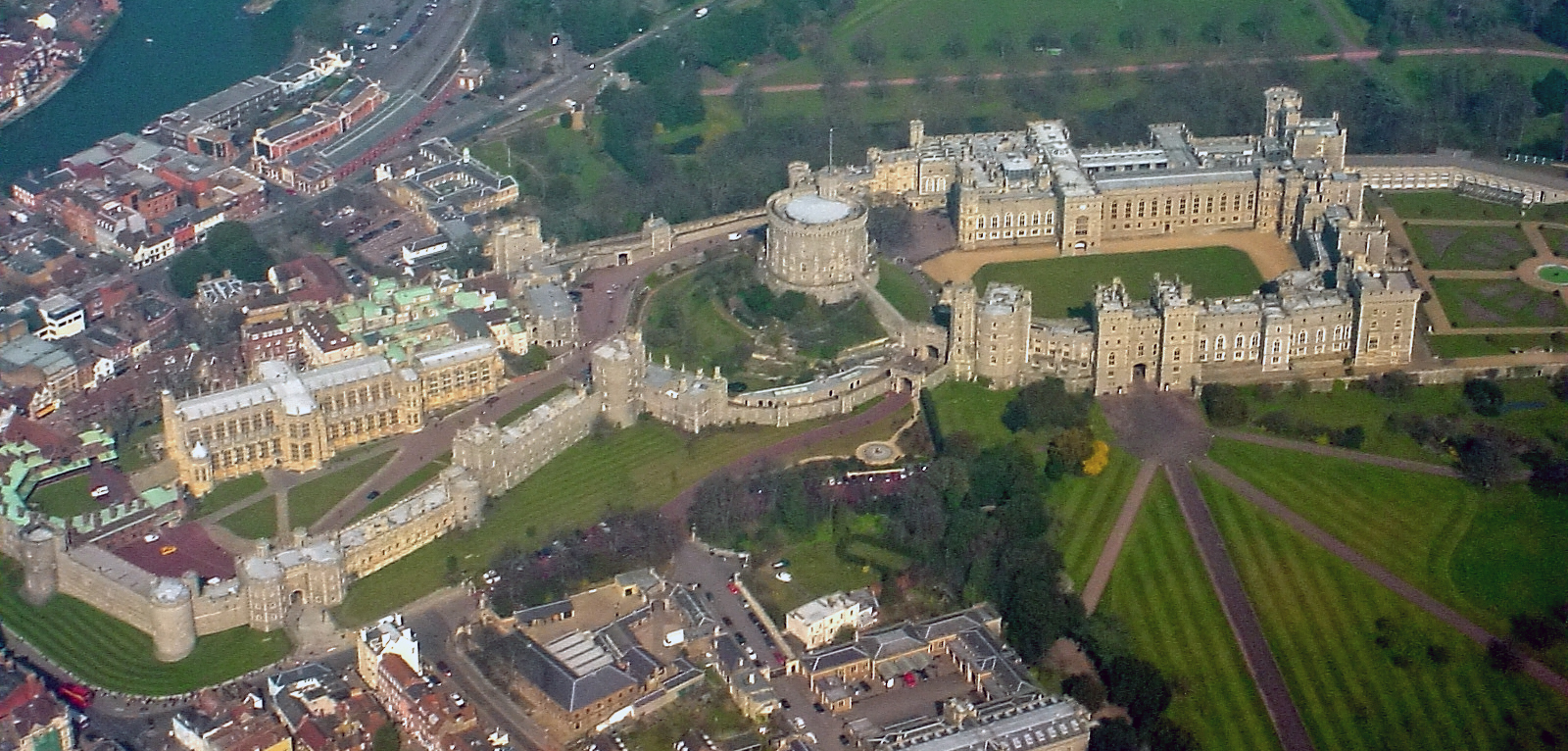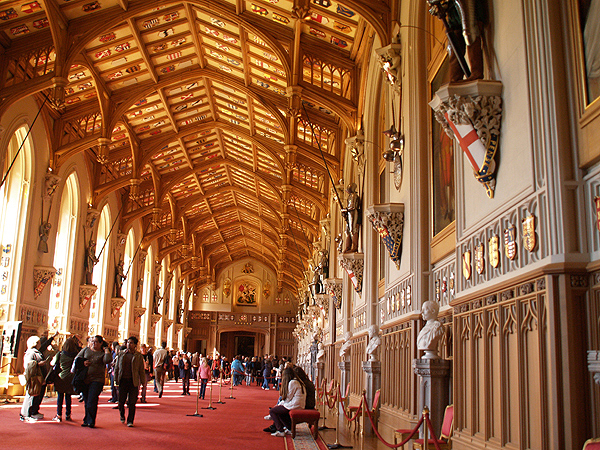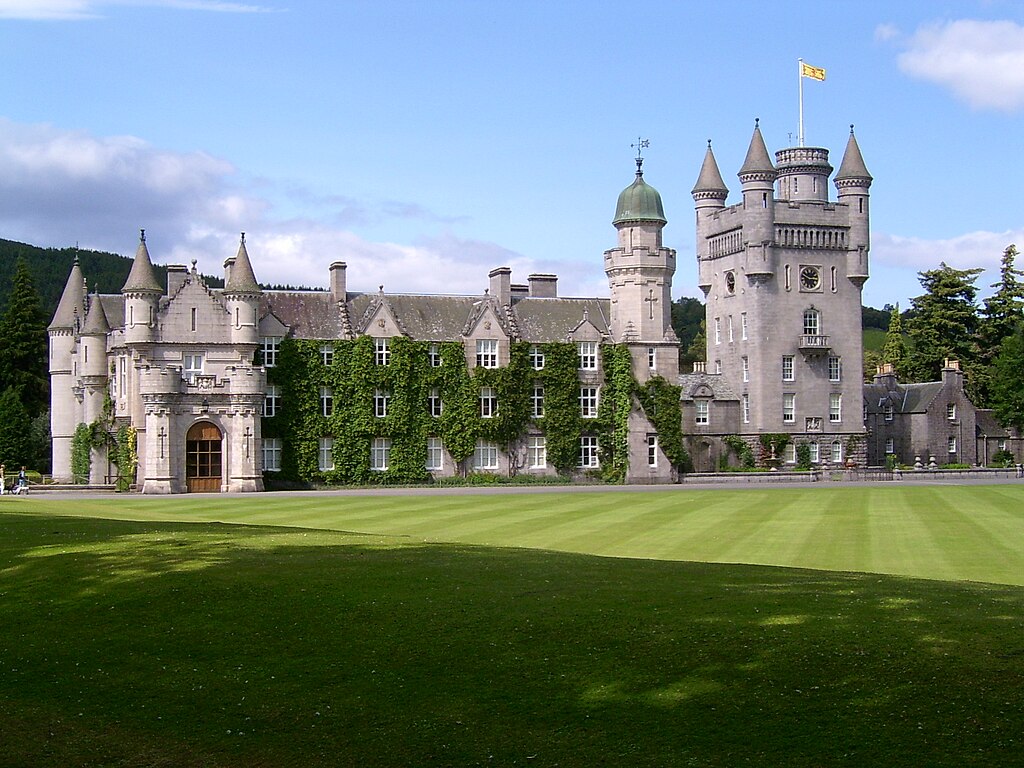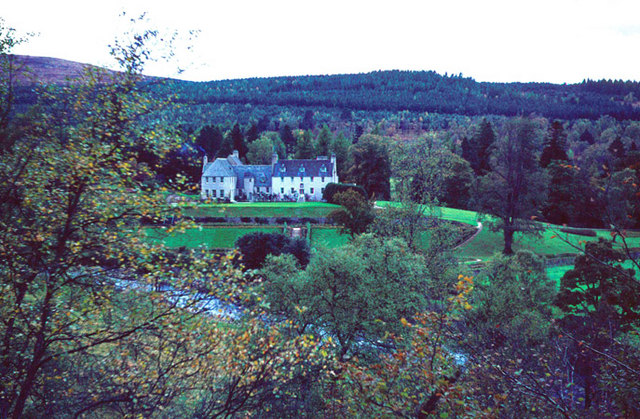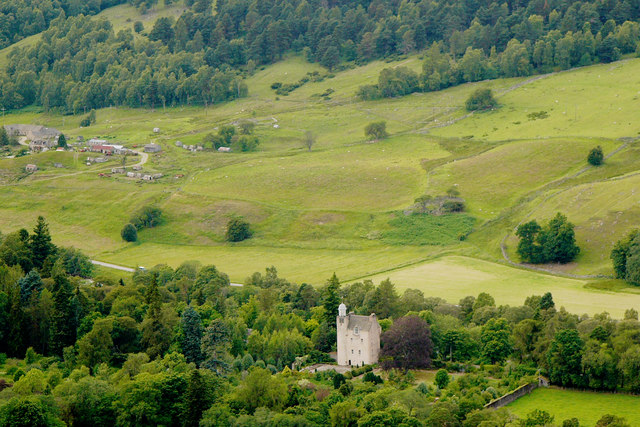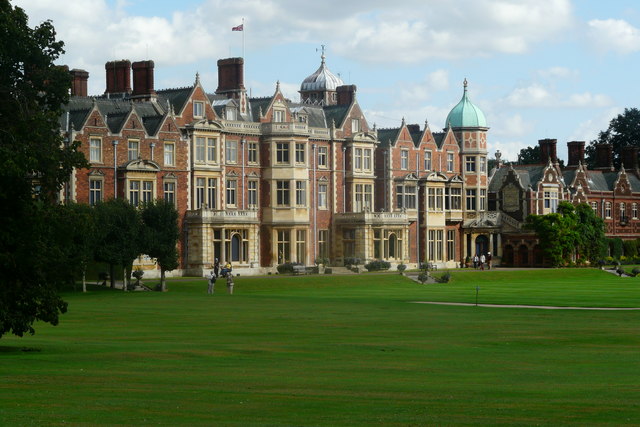by Susan Flantzer © Unofficial Royalty 2015
Wales was divided into a number of separate kingdoms. The largest of these was Gwynedd in northwest Wales and Powys in east Wales. Gwynedd was the most powerful of the Welsh kingdoms. For one man to rule all of Wales during this period was rare. This was because of the inheritance system practiced in Wales. All sons received an equal share of their father’s property, including illegitimate sons, resulting in the division of territories.
The Principality of Wales was created in 1216 at the Council of Aberdyfi when it was agreed by Llywelyn the Great and the other Welsh princes that he was the paramount Welsh ruler and the other Welsh princes would pay homage to him. Although he never used the title, Llywelyn was the de facto Prince of Wales. Llywelyn dominated Wales for 45 years and was one of only two Welsh rulers to be called “the Great”, the other being his ancestor Rhodri the Great. Llywelyn was succeeded by his son Dafydd ap Llywelyn and then by his two grandsons who were the sons of his illegitimate son Gruffydd ap Llywelyn.
The campaign of King Edward I of England in Wales (1276 – 1284) resulted in Wales being completely taken over by England. It ended with the deaths of the last two native Princes of Wales: Llywelyn ap Gruffudd who was ambushed and killed in 1282 and his brother Dafydd ap Gruffydd, who was the first prominent person in recorded history to have been hanged, drawn, and quartered, in 1283. To ensure there would be no further members of the House of Aberffraw, the English imprisoned Dafydd ap Gruffydd’s two young sons for the rest of their lives at Bristol Castle and sent his daughter and the daughter of his brother Llywelyn ap Gruffydd to convents. To further humiliate the Welsh, King Edward I invested his son and heir, the future King Edward II, with the title Prince of Wales. Since then, the title has been granted (with a few exceptions) to the heir apparent of the English or British monarch.
*********************

Llywelyn ap Iowerth, Prince of Gwynedd; Credit – Wikipedia
(Note: In Welsh, “ap” means “son of” and “ferch” means “daughter of”)
Llywelyn ap Iorwerth, later known as Llywelyn Fawr (Llywelyn the Great) was the longest-reigning ruler of Welsh principalities, maintaining control for 45 years. He was Prince of Gwynedd and Prince of Powys Wenwynwyn. In 1216, Llewellyn received the fealty of other Welsh lords and although he never used the title, was the de facto Prince of Wales. Llywelyn dominated Wales for 45 years and was one of only two Welsh rulers to be called “the Great”, the other being his ancestor Rhodri the Great.

Medieval Principalities of Wales; Credit – Wikipedia
Llywelyn ap Iorwerth was born around 1173, and Dolwyddelan Castle has traditionally been cited as his birthplace. His parents were Iorwerth ab Owain, son of Owain Gwynedd, Prince of Gwynedd, and Marared ferch Madog (Note: “ferch” means “daughter of”), daughter of Madog ap Maredudd, Prince of Powys. In 1170, Llywelyn’s grandfather Owain died, and there was a power struggle among his sons. Llywelyn’s father Iorwerth was the eldest son, but it appears he did not take part in the power struggle, perhaps because he was disfigured and this excluded him. Eventually, Llwelyn’s uncles Dafydd ab Owain and Rhodri ab Owain split Gwynedd between them. It seems likely that Llywelyn was taken to his mother’s family in Powys after his father’s death and raised there.
Tangwystl ferch Llywarch Goch was the mistress and possibly the wife of Llywelyn, but not much is known about her. She was the daughter of Llywarch Goch of Rhos and lived circa 1168 -1198.
Tangwystl was the mother of Llywelyn’s eldest child:
- Gruffydd ap Llywelyn (circa 1196–1244), married Senana ferch Caradog, had four sons, including Llywelyn ap Gruffydd, Prince of Gwynedd and Dafydd ap Gruffydd, Prince of Gwynedd.
In 1194, with the aid of his cousins Gruffudd ap Cynan and Maredudd ap Cynan, Llywelyn defeated his uncle Dafydd ab Owain at the Battle of Aberconwy. Llywelyn’s victory allowed him to claim the title of Prince of Gwynedd. Dafydd was exiled to England, where he died in 1203.
To substantiate his position, Llywelyn married Joan (also known as Joanna), an illegitimate daughter of King John of England, in 1205 at St. Werburgh’s Abbey in Chester, Chesire, England. Llywelyn and Joan had at least two children:
- Elen ferch Llywelyn (1207–1253), married 1) John of Scotland, 9th Earl of Huntingdon and 7th Earl of Chester, had issue 2) Sir Robert de Quincy, had issue
- Dafydd ap Llywelyn, Prince of Gwynedd, Prince of Wales (c. 1212-1246), married Isabella de Braose, no issue
Some of Llywelyn’s other recorded children may also have been Joan’s:
- Gwladus Ddu (1206–1251), married 1) Reginald de Braose 2) Ralph de Mortimer, had issue
- Susanna, sent to England as a hostage in 1228.
- Angharad ferch Llywelyn, married Maelgwn Fychan of Deheubarth, had issue
- Margaret, married 1) Sir John de Braose, had issue 2) Sir Walter de Clifford, had issue

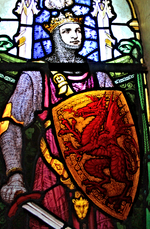
Joan and Llywelyn; stained glass windows of St. Mary’s Church, Trefriw, Conwy County, Wales
Despite the marriage of Llywelyn and Joan, hostilities with England broke out in 1210. Wales was invaded, and some territory was lost. However, the lost territories were regained in 1212, and over the next several years, Llywelyn gained more Welsh territory. Llywelyn had established himself as the leader of the independent princes of Wales. In 1216, Llywelyn held a council at Aberdyfi to determine the territorial claims of the lesser Welsh princes, who affirmed their homage and allegiance to him. Llywelyn was now the de facto Prince of Wales.
Wales c. 1217: Yellow areas directly ruled by Llywelyn, Grey areas ruled by Llywelyn’s client princes, Green ruled by Anglo-Norman lords; Credit – Wikipedia
Following King John’s death in 1216, Llywelyn negotiated the Treaty of Worcester with John’s successor, King Henry III. This treaty confirmed Llywelyn’s possession of all his recent conquests. From then until his death, Llywelyn was the dominant force in Wales. Although there were some border issues, Llywelyn was careful not to provoke unnecessary hostilities with the English.
In 1229, Joan became involved in an affair with her son’s father-in-law, William de Braose, who was publicly hanged for his part in the affair in 1230. Joan was imprisoned for a short time but was later released by her husband, who was genuinely fond of her. Joan died in 1237 and was buried in Llanfaes in Anglesey, where Llywelyn founded a Franciscan friary in her memory.
It appears that Llywelyn suffered a stroke the same year Joan died, and thereafter his son and heir Dafydd took an increasing part in the rule of the principality. On April 11, 1240, Llywelyn died and was buried at Aberconwy Abbey in Conwy, Wales, which he had founded.
Llywelyn and his family are among the characters in Sharon Penman‘s excellent historical fiction trilogy, The Welsh Trilogy.
Llywelyn on his deathbed, with his sons, Daffyd and Gruffudd; Credit – Wikipedia
This article is the intellectual property of Unofficial Royalty and is NOT TO BE COPIED, EDITED, OR POSTED IN ANY FORM ON ANOTHER WEBSITE under any circumstances. It is permissible to use a link that directs to Unofficial Royalty.






